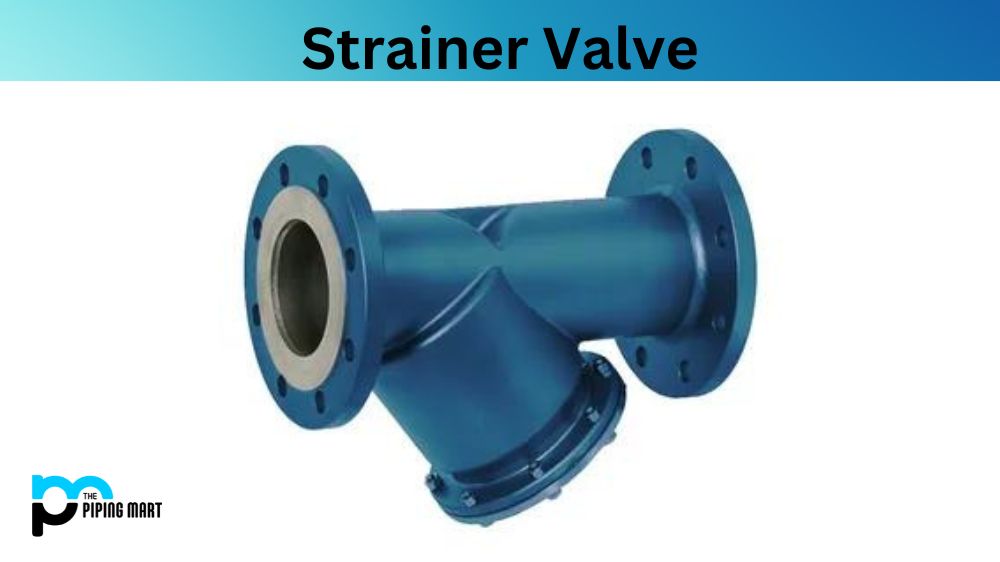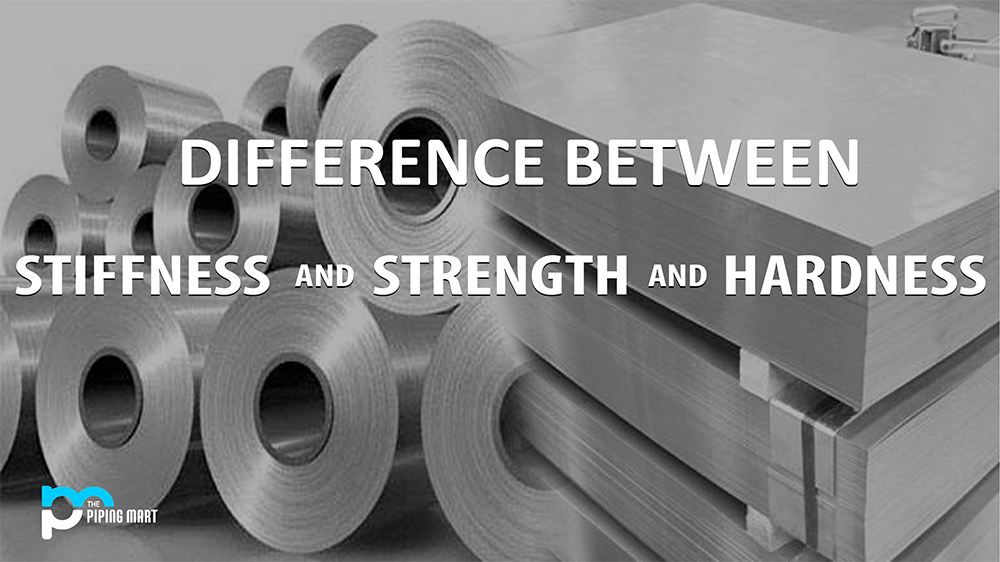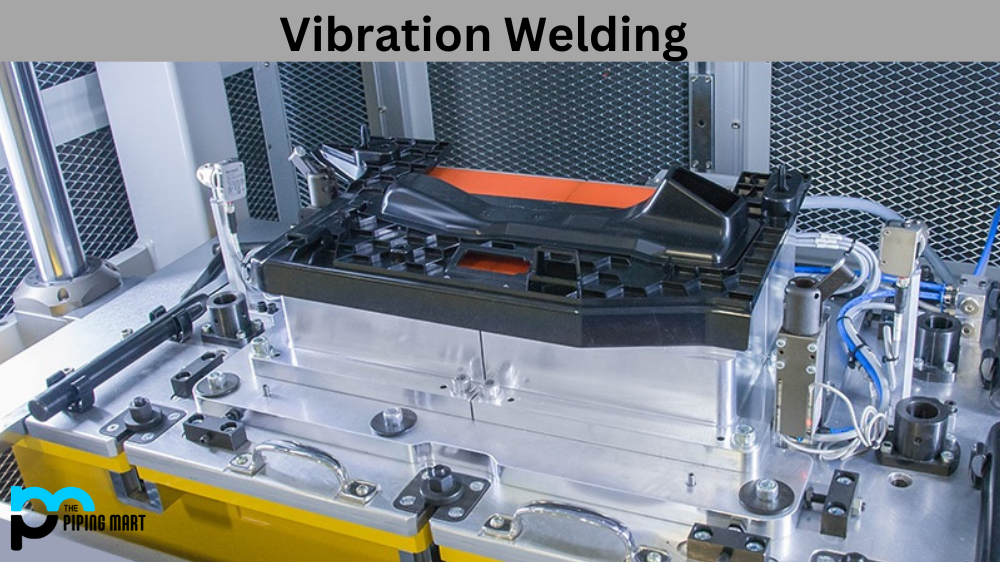If you’re planning to install a strainer valve in your piping system, there are a few things that you need to know. This simple yet effective device helps to filter out unwanted debris and particles from your liquids or gases. However, just like any other type of valve, strainer valves have their own advantages and disadvantages. In this blog post, we’ll take a closer look at the pros and cons of using strainer valves in your industrial applications so you can decide whether they’re the best option for your needs.
Advantages of Strainer Valve:
Protects Equipment: One of the primary benefits of using a strainer valve is that it helps to protect your equipment from damage caused by debris and impurities in the liquid or gas flow. The strainer captures unwanted particles before they can clog or damage your pipes, pumps, valves, and other equipment.
Enhances Efficiency: By preventing debris buildup, strainer valves can help improve your piping system’s overall efficiency. This component ensures that your liquid or gas flow is consistent and uninterrupted by reducing the risk of clogs and slowdowns.
Low Maintenance: Strainer valves are relatively easy to install, maintain, and replace when needed. They don’t require special tools or skills, and their simple design means they have minimal moving parts that can break down or wear out.
Disadvantages of Strainer Valve:
Flow Resistance: Although strainer valves can enhance efficiency, they can also cause additional resistance in your liquid or gas flow. This can lead to pressure and flow rate drops, which can impact the performance of your machinery or processes.
Limited Filtration: While strainer valves effectively capture large particles and debris, more than they may be required for removing smaller impurities or microparticles. For applications requiring high filtration levels, other types of filters may be more suitable.
Potential for Clogging: Even with a strainer valve installed, clogging is still risky if the valve isn’t cleaned or replaced regularly. Over time, debris can accumulate and block the strainer, causing damage or malfunctions in the system.
Conclusion:
In summary, strainer valves are useful for protecting your equipment and enhancing efficiency in your industrial applications. While they come with disadvantages, such as the potential for flow resistance, limited filtration, and clogging, they are still popular for many piping systems. When deciding whether or not to install a strainer valve, it’s important to consider the specific needs of your process and weigh the pros and cons carefully. With the right knowledge and maintenance, a strainer valve can be a valuable addition to your system and help you achieve optimal performance and production.

Abhishek is a seasoned blogger and industry expert, sharing his insights and knowledge on various topics. With his research, Abhishek offers valuable insights and tips for professionals and enthusiasts. Follow him for expert advice on the latest trends and developments in the metal industry.




